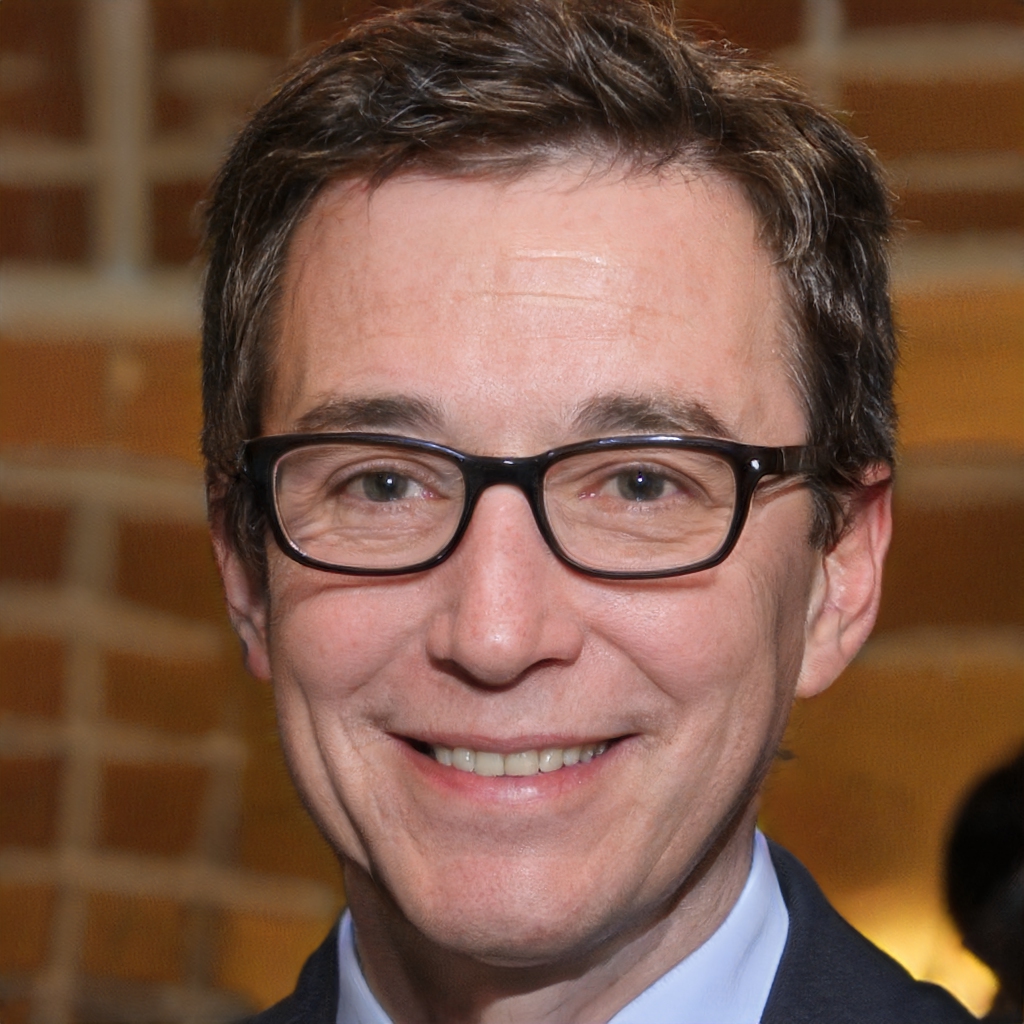Hindsight on Risky Mortgage Products
Guess who wrote this and when: “We are sitting on a time bomb,” the mortgage analyst said — a huge increase in unconventional home loans like balloon
Jul 31, 2020321.9K Shares8.7M Views
Guess who wrote this and when:
“„“We are sitting on a time bomb,” the mortgage analyst said — a huge increase in unconventional home loans like balloon mortgages taken out by consumers who cannot qualify for regular mortgages. The high payments, he continued, “are just beginning to come due and a lot of people who were betting interest rates would come down by now risk losing their homes because they can’t pay the debt.”
“„He would have given great testimony at the current Senate hearings on subprime mortgage lending. The only problem is, he said it in 1981 — when soon after several of the alternative mortgage products like those with adjustable rates and balloons first became popular.
“„When Senator Christopher J. Dodd, Democrat of Connecticut, gave his opening statement last week at the hearings lambasting the rise of “risky exotic and subprime mortgages,” he was actually tapping into a very old vein of suspicion against innovations in the mortgage market.
“„Almost every new form of mortgage lending — from adjustable-rate mortgages to home equity lines of credit to no-money-down mortgages — has tended to expand the pool of people who qualify but has also been greeted by a large number of people saying that it harms consumers and will fool people into thinking they can afford homes that they cannot.
“„[...]
“„[T]he mortgage market has become more perfect, not more irresponsible. People tend to make good decisions about their own economic prospects. As Professor Rosen said in an interview, “Our findings suggest that people make sensible housing decisions in that the size of house they buy today relates to their future income, not just their current income and that the innovations in mortgages over 30 years gave many people the opportunity to own a home that they would not have otherwise had, just because they didn’t have enough assets in the bank at the moment they needed the house.”
If you guessed Austan Goolsbee, the new head of the White House Council of Economic Advisers, in 2007, then you would have guessedcorrectly. (How *did *you do that?)
Of course, in hindsight, this looks like a crazy thing to say, and the New York Times column reads like one giant face-palm. By 2007, the subprime bubble had already started to burst, with tens of thousands more homeowners each month undergoing foreclosure than expected. And the crisis did not cede, only growing worse as unemployment tracked up nationwide. The rate of foreclosure has accelerated through this year, when an estimated1 million families might lose their homes. The Center for Responsible Lending, cited in Goolsbee’s piece, estimates that the housing busthas cost communities of color a generation of gains in wealth.
And the opinion piece seems particularly faulty for two oversights. First, the data cited. Here’s the paragraph explaining the research Goolsbee cites to support his argument:
“„A study conducted by Kristopher Gerardi and Paul S. Willen from the Federal Reserve Bank of Boston and Harvey S. Rosen of Princeton, Do Households Benefit from Financial Deregulation and Innovation? The Case of the Mortgage Market(National Bureau of Economic Research Working Paper 12967), shows that the three decades from 1970 to 2000 witnessed an incredible flowering of new types of home loans. These innovations mainly served to give people power to make their own decisions about housing, and they ended up being quite sensible with their newfound access to capital.
But, of course, 2000 marked the end-date of real economic growth for the middle class — the trouble for both the housing market and incomes started soon thereafter. Between 1970 and 2000, everyone got richer: Everyone sensibly predicted that their earnings would go up, so they bought houses they could not quite afford, but lo and behold their earnings did go up, meaning they were able to pay their mortgages.
For the past decade, incomes and wealth have stagnated for most Americans outside the very top income bracket. That means, after 2000, millions sensibly predicted their earnings would go up, given the growth in the 1990s. They purchased homes they could not quite afford. But for most Americans, incomes stagnated — they never went up — so those homes never became affordable.
That brings us to the second real oversight of Goolsbee’s piece: He does not really mention the housing price bubble. Americans couldn’t afford all of those $485,000 two-bedrooms 20 minutes outside of Phoenix, not just because their incomes did not go up, but because those homes were wildly overpriced. Tricky mortgage products with low or nonexistent down payments made Americans *think *they could afford them, and most Americans believed that at least if they lost their job they would be able to sell their home for much more than they paid for it. Since 2007, that has not been true.

Dexter Cooke
Reviewer
Dexter Cooke is an economist, marketing strategist, and orthopedic surgeon with over 20 years of experience crafting compelling narratives that resonate worldwide.
He holds a Journalism degree from Columbia University, an Economics background from Yale University, and a medical degree with a postdoctoral fellowship in orthopedic medicine from the Medical University of South Carolina.
Dexter’s insights into media, economics, and marketing shine through his prolific contributions to respected publications and advisory roles for influential organizations.
As an orthopedic surgeon specializing in minimally invasive knee replacement surgery and laparoscopic procedures, Dexter prioritizes patient care above all.
Outside his professional pursuits, Dexter enjoys collecting vintage watches, studying ancient civilizations, learning about astronomy, and participating in charity runs.
Latest Articles
Popular Articles